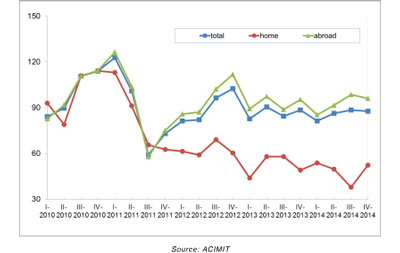RESEARCH TRIANGLE PARK, N.C. — February 5, 2015 — AATCC and the Society of Dyers and Colourists (SDC) announced a number of new benefits and improvements to the Colour Index.
Colour Index is the world’s most authoritative method of dye and pigment classification, and its ongoing development ensures it remains a vital resource for manufacturers and users. It is jointly published by the SDC and AATCC.
Subscribers now can manage and pay for their subscriptions online, with automatic renewal reminders. Subscribing companies can create aliases (for example, if they are known by more than one name or acronym), add and invite new users from within the account, and specify multiple IP ranges for companies or institutions with multiple sites or many users. Along with other developments, these changes will help to simplify the administration and ensure the subscription is easier to manage.
Registrants now can add products to the Colour Index directly online, ensuring the Colour Index remains up to date. In addition, any products submitted previously will now be associated with the company account, giving registrants visibility of submissions and the ability to update them.
These changes are in addition to recent improvements to the design and search functions of the site. Additional functionality and further benefits are in development.
Posted February 10, 2015
Source: AATCC





